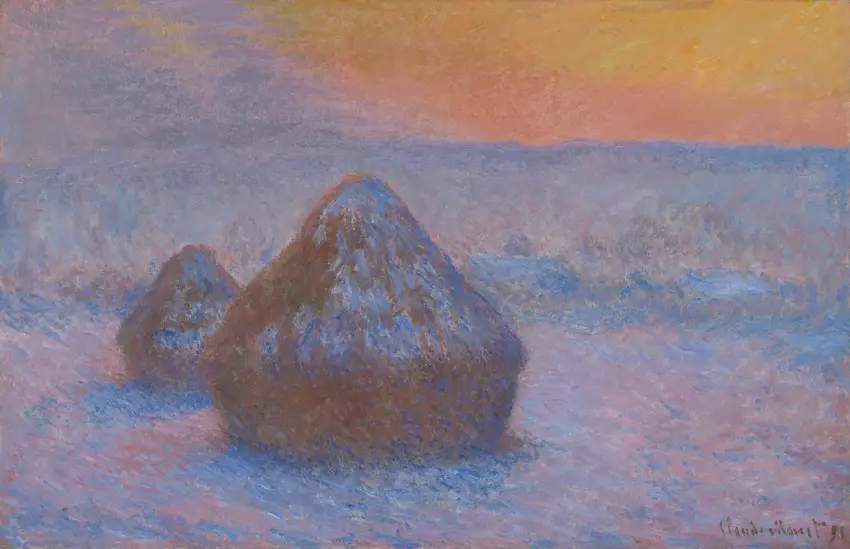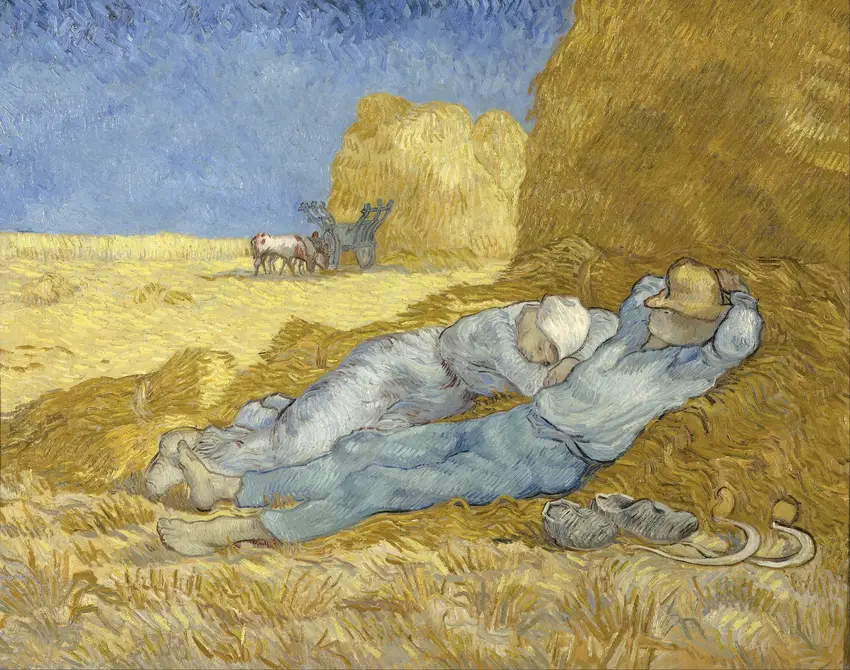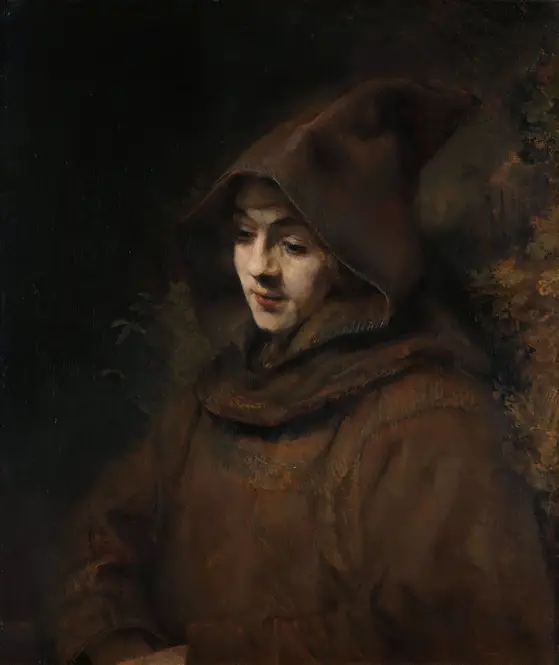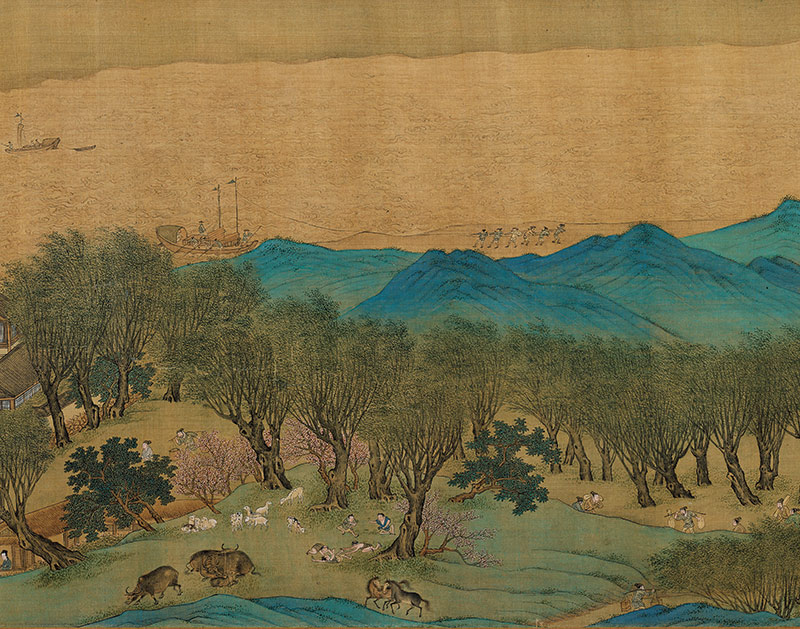Discover Exquisite Curated Art Collections
Not just images — narratives in color and form
Premium Public Domain Artistry
We carefully select rare artworks of extremely high artistic value and cultural significance, blending visual beauty with cultural richness.
Global Artistic Aesthetic
Explore the soul of civilizations through curated classical oil paintings, Chinese calligraphy, and cross-cultural masterpieces.
Art-Inspired Living Lab
Download ultra-high-resolution digital artworks, perfect for print Wall Art, Frame TV Art, Desktop Wallpaper and inspiration.
Browse Popular Artists





Your Daily Muse
 Ellen Terry (‘Choosing’) (1860s)-full.webp)
Dame (Alice) Ellen Terry (‘Choosing’) (1860s)
A portrait of actress Ellen Terry, caught in a moment of quiet reflection, her expression hinting at unspoken decisions.
Latest Artworks
-

Man in Cotton Field
A lone figure bends among endless rows of cotton, the sun beating down on his hunched shoulders. The field stretches to the horizon, white bolls bursting like scattered clouds against the earth. His shadow cuts a sharp line across the furrows—one man swallowed by the land’s vast, unyielding rhythm.
-

Champs fleuris à l’aube
Dawn light spills over the field, turning wildflowers into soft smudges of pink and gold. The air hums with dew and quiet. A path winds through the blooms, inviting but half-hidden—as if the morning itself might dissolve if you step too close.
-
 (c. 1380-1390)-full.webp)
Madonna of Humility, The Blessing Christ, Two Angels, and a Donor (obverse) (c. 1380-1390)
A golden-haloed Madonna sits low on the ground, cradling her child as two angels hover above. The infant Christ raises his hand in blessing over a kneeling donor, their quiet devotion framed by rich blues and intricate gold leaf. The scene hums with quiet reverence, earthly and divine meeting in tender proximity.
-
-full.webp)
Laundry (1875)
A woman bends over her wash, sunlight dappling the fabric. The air hums with quiet labor—linen snaps in the breeze, water glints in a basin. Ordinary moments hold their own quiet drama.
-
-full.webp)
A sister’s consolation (1864)
A young woman leans in, her hand resting gently on her sister’s shoulder. The quiet embrace speaks of unspoken sorrow, the kind only shared between those who know each other’s hearts. The folds of their dresses whisper comfort, while the room holds its breath around them.
-
-full.webp)
Stillleben mit Tuch, Blumen im Krug, Apfel und Behälter auf Tisch (1909-1910)
A rumpled tablecloth cradles a jug of bold flowers, their petals almost vibrating against the muted background. Nearby, an apple and a simple container sit quietly, their forms distilled to essential shapes. Color hums with quiet intensity, turning an ordinary still life into something charged and alive.
-
-full.webp)
One Day in June (ca. 1880-1885)
A woman pauses mid-step, her skirts brushing the cobblestones. Sunlight slants across the street, casting long shadows behind her. The air hums with quiet energy—an ordinary moment suspended, heavy with unspoken stories.
-
-full.webp)
Rose with a basket (1922)
A single rose rests in a woven basket, its petals soft against the rough texture. The play of light and shadow gives depth to the simple arrangement, turning everyday objects into something quietly striking. There’s warmth in the muted tones, as if the scene holds a secret just beneath the surface.
-
 _ Common Trumpeter (1867)-full.webp)
Latris lineata (NZ) _ Common Trumpeter (1867)
The Latris lineata glides through pale blue water, its silver scales catching light. Streaks of gold trace its fins, while delicate shadows ripple beneath. A quiet predator, built for speed—yet frozen here in fluid grace.
-
-full.webp)
“I have seen once” – scene by the piano (1884)
A dim room, the piano’s polished wood catching the faint light. A figure lingers, fingers hovering over the keys—hesitant, as if caught between memory and silence. The air hums with something unplayed.
-
-full.webp)
L’été, scène champêtre (1905-1907)
Dappled sunlight filters through the trees, casting golden patches on the grass. A lazy summer afternoon unfolds—figures rest in the shade, their forms dissolving into brushstrokes of vibrant color. The air hums with warmth, the scene pulsing with the rhythm of light and shadow.
-
-full.webp)
The free-living unarmored dinoflagellata pl 7 (1921)
Delicate tendrils spiral from translucent bodies, these dinoflagellates pulse with unseen motion. Their forms twist like living calligraphy, each curve a silent record of microscopic survival in open water. No shells confine them—just the fluid dance of single-celled life, captured mid-swim.
-
-full.webp)
Café table with absinth (1887)
A green glass glows on the café table, its liquid catching the light. The absinthe sits untouched, waiting. Shadows pool around it, deepening the quiet tension between indulgence and restraint. The air feels thick with possibility—one sip away from slipping into another world.
-
-full.webp)
Grace Elvina, Marchioness Curzon of Kedleston (1925)
The Marchioness stands poised, her dark gown flowing against the gilded chair. A single strand of pearls catches the light, echoing the quiet confidence in her gaze. The richness of fabric and the subtle tilt of her head suggest a woman accustomed to command, yet aware of every eye upon her.
-

The Ionian Dance
Flowing drapery swirls around bare feet as the dancers move in perfect harmony. The rhythm seems to pulse through their linked hands, their bodies caught mid-step in an ancient pattern. Light glows on their skin like warm marble, frozen in motion yet alive with energy.